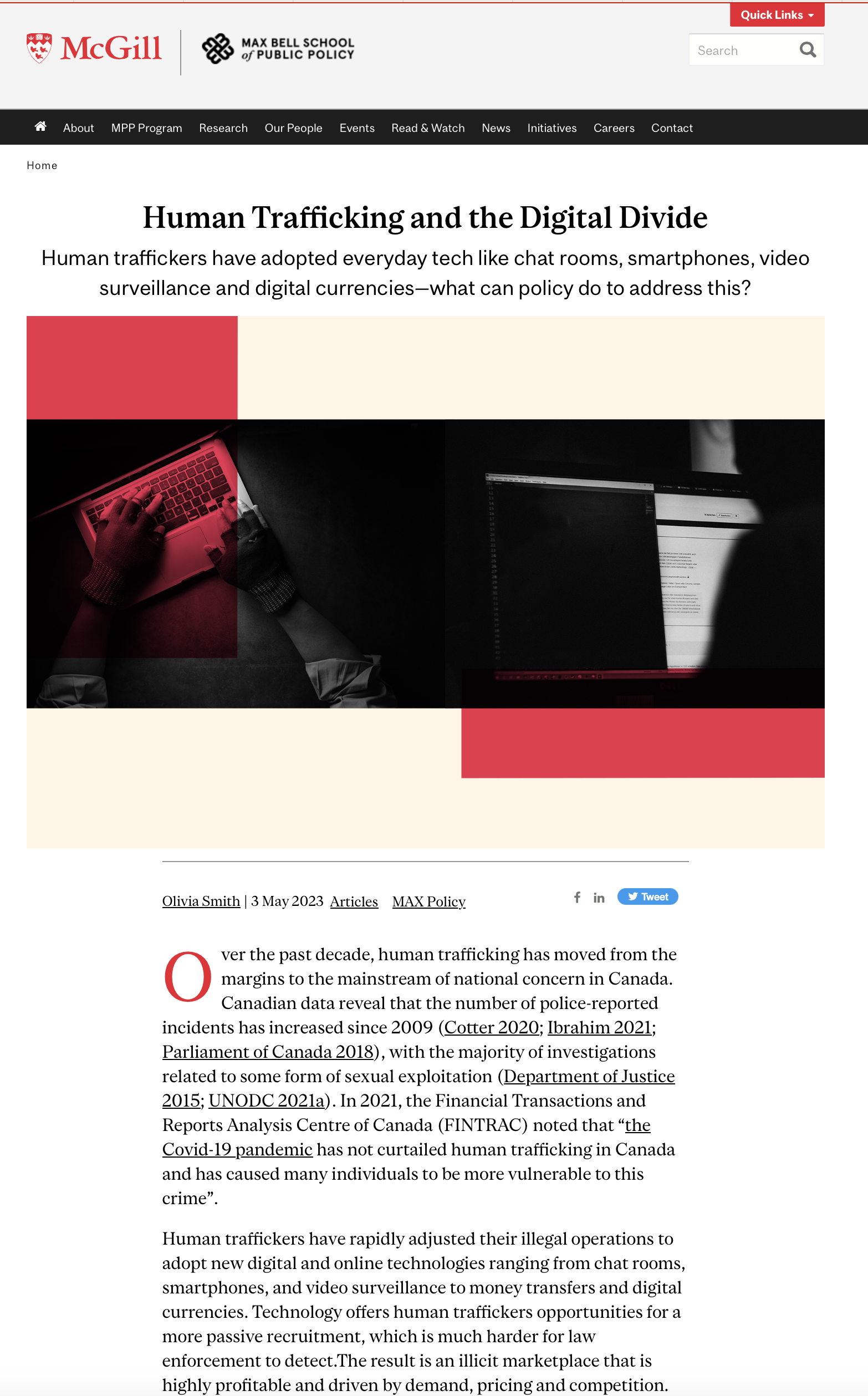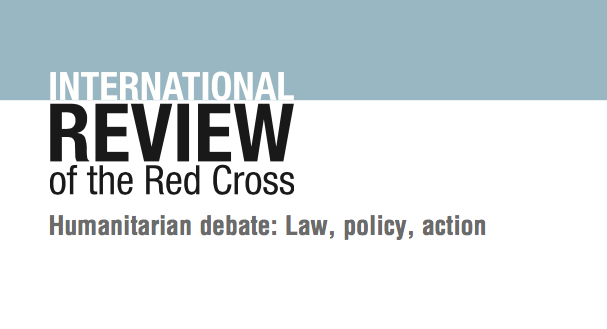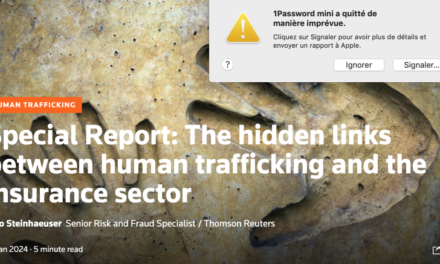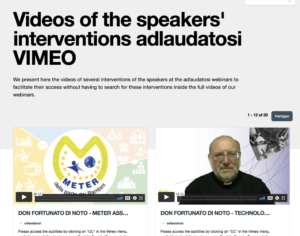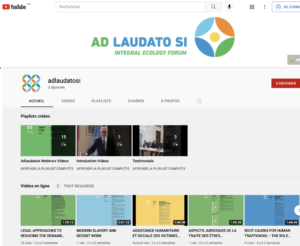Over the past decade, human trafficking has moved from the margins to the mainstream of national concern in Canada. Canadian data reveal that the number of police-reported incidents has increased since 2009 (Cotter 2020; Ibrahim 2021;Parliament of Canada 2018), with the majority of investigations related to some form of sexual exploitation (Department of Justice 2015; UNODC 2021a). In 2021, the Financial Transactions and Reports Analysis Centre of Canada (FINTRAC) noted that “the Covid-19 pandemic has not curtailed human trafficking in Canada and has caused many individuals to be more vulnerable to this crime”.
Human traffickers have rapidly adjusted their illegal operations to adopt new digital and online technologies ranging from chat rooms, smartphones, and video surveillance to money transfers and digital currencies. Technology offers human traffickers opportunities for a more passive recruitment, which is much harder for law enforcement to detect.The result is an illicit marketplace that is highly profitable and driven by demand, pricing and competition. Case in point: On June 19, 2021, the Alberta Law Enforcement Response Team’s (ALERT) Human Trafficking and Counter Exploitation Unit rescued a 15-year-old girl from human traffickers at an Edmonton hotel. The police investigation revealed she was initially groomed online, which then escalated to nude photography and culminated in her being prostituted. With the help of digital evidence, law enforcement was able to arrest three men who were charged with a total of 35 criminal offences. In referring to the case, ALERT Staff Sergeant Chris Hayes when asked about the arrest responded that online trafficking is “all a mirage”.
Arguably, while online abuse and exploitation have accelerated dramatically, law enforcement and judicial responses have not kept pace. Existing challenges include limited or non-existent industry standards; slow responses to documented abuse, failure to report abuse, or active complicity in facilitating exploitation from certain segments of the industry, particularly higher risk sectors like pornography, sexual services, short-term job seeking and social media. Canada also lacks a common set of policies and necessary legislative reforms that are critical to closing existing gaps surrounding human trafficking e‑crimes.
This paper broadly addresses some of the key issues related to online human trafficking and the challenges surrounding the management of digital evidence in Canada. Besides offering a systematic assessment of the current situation, this paper offers some solutions towards spearheading action by the provincial and federal governments towards bridging this gap within the justice system.
Evidence Gathering
Law enforcement can collect digital evidence from several sources. These sources can include using undercover agents, digital undercover agents, online and live, the interception of bank transactions, monitoring of cell phones, TIP controlled deliveries, Deep Web and dark web, open source and software analysis, and pattern analysis software. They can also gather new types of evidence from a wider amount of sources which includes; cryptocurrency transactions, text messages, social media interactions, and online advertisements all of which leave “fingerprints” that can corroborate and potentially replace victim and witness testimony. This means that non-traditional stakeholders – including highly profitable social media companies, financial institutions, accountancies, and telecommunications companies – can play a vital role in combating human trafficking.
In the drafting of legislation regarding technology-facilitated human trafficking, especially when it requires or recommends certain actions for technology companies (including their data-sharing obligations), risk assessment rather than illegality alone should be a key consideration. The government of Canada should also take into account sector-specific challenges and risks. For example, standards and measures vis-à-vis adult services or escort websites, where the risks of human trafficking are high, may be different than in the case of online payment systems.
Anti-Human Trafficking Legislation
Legislation is one of the most important instruments the provinces and government of Canada have in place to fight human trafficking. Following its ratification of the United Nations Palermo Protocol, Canada in 2001, introduced several changes to its Immigration and Refugee Protection Act (IRPA) and in 2005, amended the Criminal Code. Such changes render trafficking in persons (TIP) a domestic offence. E‑crimes however make finding and rescuing victims much harder and builds a stronger case for the proper management of digital evidence by law enforcement agencies and the Courts. In 2015, Canada ratified the Council of Europe Convention on Cybercrime (Budapest Convention) but much work is yet to be done such as in the area of mutual legal assistance. Canada also has in place the Protecting Canadians from Online Crime Act S.C 2014 regarding the nonconsensual distribution of intimate images and the right to remove them. The Minister of Public Safety noted that “there is much potential for increased use of digital evidence in human trafficking cases despite the challenges.”
Ethical Considerations
A particular limitation of these particular sets of laws is that they do not compel persons to provide their passwords or unlock their devices for law enforcement. As a result, Crown attorneys often fail to gain access to data saved on phones that could be used as evidence in Court. Current practices are premised at least in part on voluntary data sharing which often leads to territorial issues among agencies at the provisional and federal levels.
Additionally, under the law, officers must pursue a reasonable line of inquiry in seeking to obtain digital or physical evidence. Victims out of fear, threats or frustration with the lengthy legal process involved, often will refuse to cooperate with law enforcement. The refusal by a victim to provide private or personal material is a very common occurrence in human trafficking cases in Canada. There are also issues relating to the perpetrator’s constitutional right not to be compelled — see R. v. Shergill, 2019 ONCJ 54 (CanLII), to protect oneself against self-incrimination [explained at. par. 19–20] and the right to silence [explained at par. 21–22]. Within this context, it’s perhaps unsurprising that reliance on a victim or witness testimony as a product of the law rarely leads to successful convictions.
Recommendations
A whole of government approach is needed to effectively combat e‑human trafficking. It is hoped that the following recommendations some of which are not new, will help to move forward the work needed to help Canada address the existing but growing gaps in the justice system’s ability to effectively protect the public and deliver justice where and when needed.
- Having ratified the Budapest Convention, Canada should leverage the full potential offered by the Cybercrime Convention and complete the harmonisation of national legislation with the Convention.
- Specialized units should be set up both in the Ministry of Public Safety and the Department of Justice to collaborate on implementing the proposed recommendations under a Digital Evidence Framework for Action.
- Law enforcement and labour inspectorates should implement stronger regulations and increased monitoring of job advertisement websites, recruiters and recruitment agencies. This could be done with the support of technological tools developed in cooperation with private companies.
- Training on electronic evidence should be made integral to training curricula for law enforcement and labour inspectorate and be constantly kept up-to-date due to the fast-changing technological and behavioural landscape.
- Prosecutors should be provided with specific training on technology-facilitated THB, the handling of electronic evidence as well as its presentation before a judge/jury and, procedures to request electronic evidence from private companies as well as obtain evidence and cooperation from other countries.
Conclusion
The COVID-19 pandemic has heralded the rapid expansion of technology-facilitated human trafficking crimes and there is no turning back. The misuse of technology is central to the modus operandi of trafficking networks and perpetrators, specifically facilitating connectivity between traffickers, their victims, and those who demand these services. Digital evidence has the potential to deliver the type of overwhelming evidence that can achieve an increased number of successful prosecutions of cases and serve as a deterrent to human traffickers.
Common standards, policies, relevant legislative reform and international cooperation are needed but, such action cannot be fragmented, uncoordinated and disproportionate to the problems they are intended to address; they must be comprehensive, scaled, sustainable and cost-efficient. Balancing the rights of victims and perpetrators in the Court system must also remain an important consideration when crafting and enacting legislation to harmonize procedures for online investigative techniques for technology-facilitated criminal offences, the collection of electronic evidence, and its use and disposal by prosecutors.
Beyond the need for improved regulatory practices that include moving away from an over-reliance on victims’ testimony to successfully convict criminals, investing human resources capacity through increased training of several government officials, law enforcement officers, court prosecutors and judges and NGOs cannot be overemphasized.
Time is of the essence. Human traffickers are not waiting for the government to play catchup. As the government of Canada prepares its groundwork for the 2024 national strategy to combat human trafficking, a forward step into the future means that Canada must quickly establish the necessary policy and legal architecture to combat e‑crimes such as human trafficking in a way that provides justice for victims while safeguarding communities from perpetrators of this dreadful crime.
About the Author
 Olivia Smith is the McConnell Visiting Scholar for 2022–2023. She was the 2021 O’Brien Fellow in Residence and Affiliate with the Oppenheimer Chair in Public International Lawheld by Professor François Crépeau. She is also a consultant on labour migration and human trafficking and the Executive Director of the Caribbean Anti Human Trafficking Foundation, a member of the Working Group of Experts on Human Trafficking, Recruitment Agencies, Agents for The Commonwealth Parliamentary Association, London, UK, and a Gender Rights Specialized Team member, Amnesty International (Canada).
Olivia Smith is the McConnell Visiting Scholar for 2022–2023. She was the 2021 O’Brien Fellow in Residence and Affiliate with the Oppenheimer Chair in Public International Lawheld by Professor François Crépeau. She is also a consultant on labour migration and human trafficking and the Executive Director of the Caribbean Anti Human Trafficking Foundation, a member of the Working Group of Experts on Human Trafficking, Recruitment Agencies, Agents for The Commonwealth Parliamentary Association, London, UK, and a Gender Rights Specialized Team member, Amnesty International (Canada).


